“How do I add a new chicken to my flock?” is probably one of the most frequent questions I get.
Luckily, it’s a pretty simple 3 part process.
Although we have a closed flock, meaning I don’t frequently integrate new chickens into my existing brood of layers, I occasionally do get a new chicken every now and then.
I’ve managed to add a new chicken to my flock successfully, and with these tips, so will you.
It’s important to follow each step, even though they can be tedious.
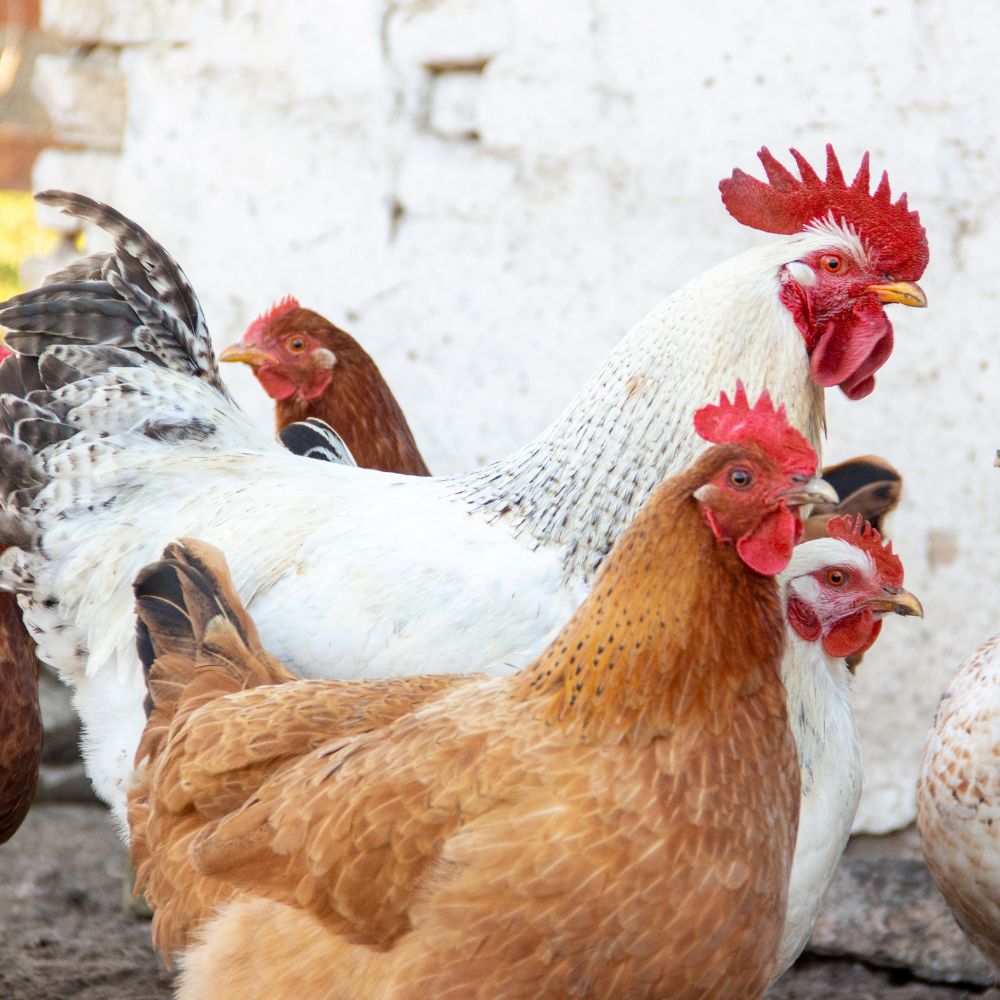
Table of Contents (Quickly Jump To Information)
#1 Quarantine
This is possibly the most important step you’ll take in the integration process. Even though it can be annoying and adds an extra step or two to your day, if your new chicken ends up sick, you’ll be glad you did it.
Nothing is worse than having your existing flock get sick because a newcomer had an upper respiratory infection that developed after you brought her home.
Sometimes, it can take a couple of weeks before symptoms of a chicken illness show up. After two weeks, I’m usually in the clear, but I still keep them quarantined for an additional two weeks to be sure.
During birdy quarantine, you can keep an eye on them for any signs of illness (such as lice, mites, scaly legs, respiratory issues, coccidiosis, and so on) and make sure they’re treated properly. You can also take this time to get acquainted with your new birds and see what their personalities are like.
READ NEXT: IS MY CHICKEN SICK?
Quarantine Tips
- I feed and water the new chickens last, so I don’t spread any germs to my flock, and use dedicated chicken feeders and waterers for my quarantined hens.
- We personally use a separate, smaller, coop that can house 3 or so chickens. If I need a larger space, I use one of my greenhouses.
- Consider offering them a probiotic or raw apple cider vinegar in their water. They might be stressed from the move, and the extra beneficial bacteria will help them deal with any physical stress they may experience.
- You might also want to offer them a dust box with something like MitesBGone in it. It’s possible your new flock mates might have a mite or lice infestation; the diatomaceous earth and specific herbs will help with external parasites. DE is comprised of fine particulates, and since chickens have delicate respiratory systems, it can cause issues. However, offering it in a well-ventilated area, such as outside in a run, is fine.
While They’re In Quarantine
Observe if they show symptoms of being sick. Look for runny noses, goopy eyes, coughing. Are they pooping? What does the poop look like? Are they eating and drinking regularly?
Practice good biosecurity – wash your hands with hot, soapy water before handling your existing chickens. Scrub your hands under hot water for 30 seconds to get off as many germs as possible.
READ NEXT: SHOULD I MOVE A BROODY HEN?
#2 Hello Box
After 30 days in quarantine, we move onto the next step, which is the “Hello Box.”
Introducing new chickens to your flock is not something you should do in a hurry. Gertrude meet Nelly, Nelly meet Gertrude…now be best friends! Nope…not gonna happen. The process takes a little patience and planning.
First, keep your new birds in a separate pen or area where they can see but not touch your existing flock. we call it the Hello Box.
This allows them to get used to each other without any territorial disputes .It can be as simple as a large dog cage in the middle of the coop to prevent physical contact. Your old trusty flock might try to harass the new bird (or birds) but the cage keeps them all safe from serious injury (although still scared).
After a few days of this, you can start letting the new birds out for short periods under close supervision. If it’s too crazy then you might have to participate in a short chicken rodeo to round them up. And then try again the next day. As they get more comfortable with each other, you can gradually increase the amount of time they spend together until they’re fully integrated.
Just remember, it takes patience on your part to get most chickens to learn to accept each other. It shouldn’t be too long before they can mingle together happily, or at least without a great deal of fighting.
While I’ve only ever had minor scuffles with chickens, I’ve had quail be extremely rough on newcomers, so this is a pretty important step to take not just to keep your flock from stressing, but for your own sanity.
We integrated 3 roosters at one point and came to realize that one rooster was just never going to fit into our flock. There was something wrong with the rooster; he would not stop fighting, even if it was feed time.
Luckily, the Hello Box allows me to catch this type of drama when I add a new chicken to my flock before it results in bloody chickens.
#3 Integrate
The pecking order is a natural process with chickens, and it’s not something you can skip over. It’s kind of like high school in a way. It’s inevitable to have some drama when introducing new chickens to your flock.
The existing chickens may not bring out the welcome wagon for the newcomers. In fact, they will probably show their ugliest sides by chasing, pecking, and sometimes attacking. However, there are ways to help your flock learn to accept new members.
One method is to be sure there is enough space for all the birds to move about freely and hide if needed. This way they have places to take refuge. You should also provide extra food and water dishes to ensure everyone can eat and drink without having to fight. All the while be sure to keep an eye on things so you can break up any disputes.
Just remember, nature deems it necessary for every chicken to have a place in the pecking order. It’s normal and healthy for chicken flocks. It does, however, take some time to get it all worked out.
You should make sure the established flock is not keeping the new chickens away from the food and water dishes.
Put out more feeders and waterers to make sure everyone can get to the food and water.
Luckily, we’ve only had minimal problems integrating new chickens into our established flock using this method.
Our top rooster is an easygoing guy that’s the well-established king of the flock, and with his gentle guidance, we’ve not had problems integrating either new roosters or hens into the flock (and he especially seems to love new hens).
READ NEXT: ROOSTERS: CARE & QUIRKS
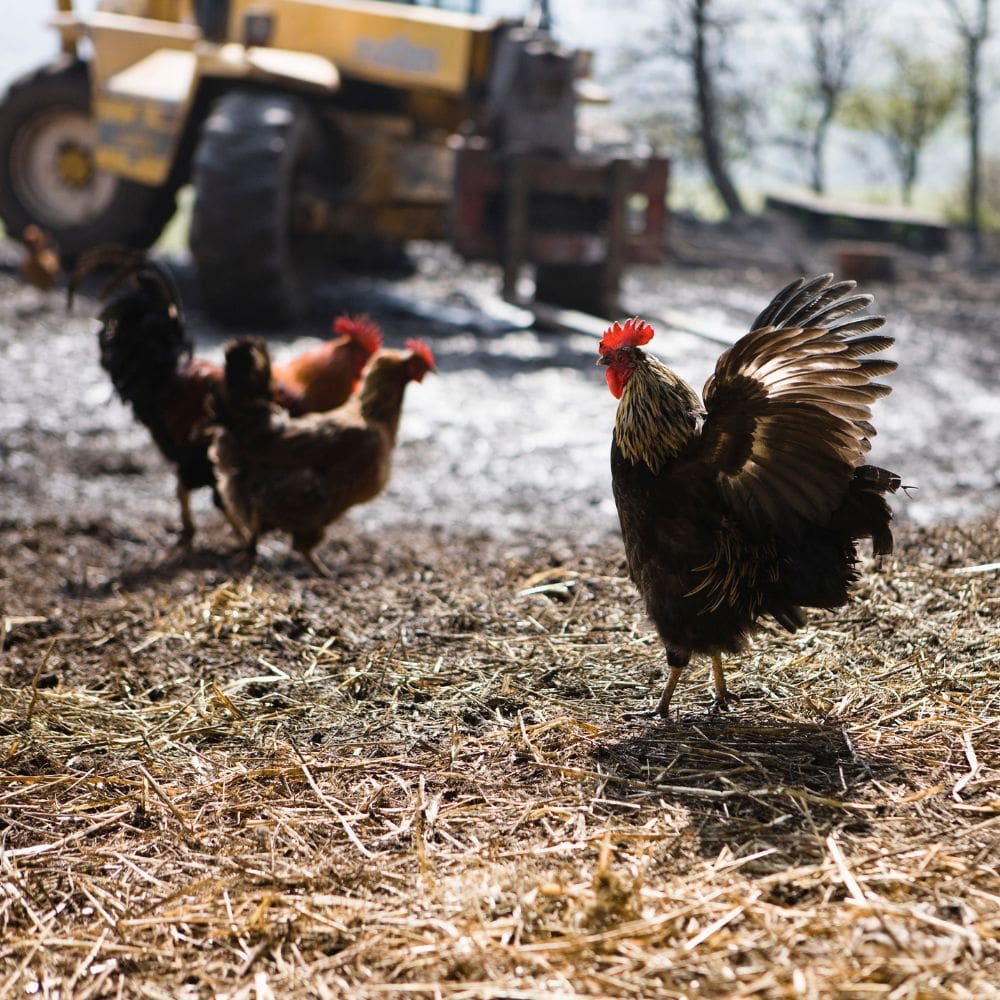
Introducing New Chickens FAQ
Can’t I Just Put New Chickens In With My Flock?
If you are a dreamer who sees everything with rose-colored glasses then you are probably thinking you can simply introduce your new chickens to your current flock and watch them all cackle and cluck happily together. This has not been my experience.
Instead, your current flock will (likely) aggressively chase, peck, and attack the outsiders. The newbies will run and hide and squawk like crazy. It becomes total mayhem which equals terrible stress on the chickens and the chicken mama (me and you).
So, no. You can’t simply combine one (or more) chickens with another flock and expect bliss. Or at least it’s very unlikely. However, there are some easy steps you can take to make this transition a positive experience.
Why Is This Process Important?
It’s important because bad things can happen to your favorite fluffers. Trust me, I’ve been there and done that and it’s NOT fun. It’s heartbreaking to watch one of your backyard buddies get bullied and you’ll not want to experience that more than once.
Here’s why this process is important:
- Adding new hens into a pen with an established flock can completely disrupt the hierarchy. It can lead to fighting and nasty attitudes and behaviors. It’s not necessarily bad to create a new pecking order, but there is a proper way to do it. The end result will be much more favorable for all involved.
- Introducing new flock members can also bring diseases to your coop. One of the best ways to prevent the spread of disease is to quarantine before finding out there is a problem. Bringing disease to your beloved flock is something you will greatly regret. It’s definitely better to be safe than sorry.
- If chickens are stressed, fighting, and bullying they may not lay eggs or produce as much as they could. Most of us chicken owners want eggs, so we need our ladies to be in the mood to lay. If they are all stressed out about the new chicks in town, egg production is bound to go down.
- No chicken owner wants to have injured birds, especially if you can prevent what is causing injury. In the case of introducing new members to your flock, you can control the outcome of injuries and wounds (or at least you can greatly reduce the chances) by following these easy steps. This will save you heartache and money.
It may take some time and effort, but the payoff is a harmonious feathered family that you can enjoy for years to come. Now that’s better than money in the bank!
What Are Some General Tips?
- If you free-range your chickens there are other things to consider. Many people say to let your new flock out of separation first, and then let your existing flock out to join them. I swim upstream in this area, as I do the opposite. My reasoning is that if my existing flock is out busy doing what they love to do then they are less concerned about additional chickens roaming around. You might have to experiment and see what works best for you.
- Try offering treats to all the birds to satisfy their hunger and make them happier. Happier hens are less likely to be angry birds, and this will make them easier to get along with.
- If you have the space, one trick is to move your existing flock into a new area and then introduce the new birds in the same way (separated but where they can see each other). Your existing chickens may be less territorial that way.
- If you only have a few new chickens to integrate, you might just use something as simple as a dog crate near your current pen (or in your coop). On the other hand, if you have a more significant number of new birds to introduce, you might need to set up a new area with a fence (essentially a separate coop) next to your current run.
What About Older Hens, Roosters, & Chicks
- The challenge of integrating two flocks increases if you have an older flock that has become set in its ways. If you have younger birds and have introduced new members regularly, it may not be as chaotic to introduce more.
- Older hens can really put the hurt on new baby chicks and young chickens. It may take a longer period of time in the stage of separating them where they can see each other.
- Trying to introduce new roosters to a flock may be the most arduous venture of all. Roosters are territorial and will likely fight with new members (specifically males) no matter what you do. Although I know some folks have been successful but usually with young roosters.
- Integrating chicks that a broody hen hatched can be easier, although not always. I’ve had it work like a charm and I’ve also had chicks pecked to death. I suppose it depends on how protective the mother hen is (or is not).
The flock integration process can vary from flock to flock because, as you likely know, even chickens have individual personalities. Some are more laid back than others. Most chicken keepers are in tune with their flock and have an idea of the challenges they face.
Summary
It’s pretty common for chicken owners to increase their backyard flock by adding new members from time to time. The key is to know and understand that there are ways to accomplish this that make it a more enjoyable experience. However, I won’t lie…it’s not the most fun part of chicken parenting. But it’s worth it… and if I can do it, then so can you!
Maat van Uitert is a backyard chicken and sustainable living expert. She is also the author of Chickens: Naturally Raising A Sustainable Flock, which was a best seller in it’s Amazon category. Maat has been featured on NBC, CBS, AOL Finance, Community Chickens, the Huffington Post, Chickens magazine, Backyard Poultry, and Countryside Magazine. She lives on her farm in Southeast Missouri with her husband, two children, and about a million chickens and ducks. You can follow Maat on Facebook here and Instagram here.

![What The Veterinary Feed Directive Means & How I’m Preparing [Video]](https://thefrugalchicken.com/wp-content/uploads/2016/12/veterinarian-feed-directive.jpg)

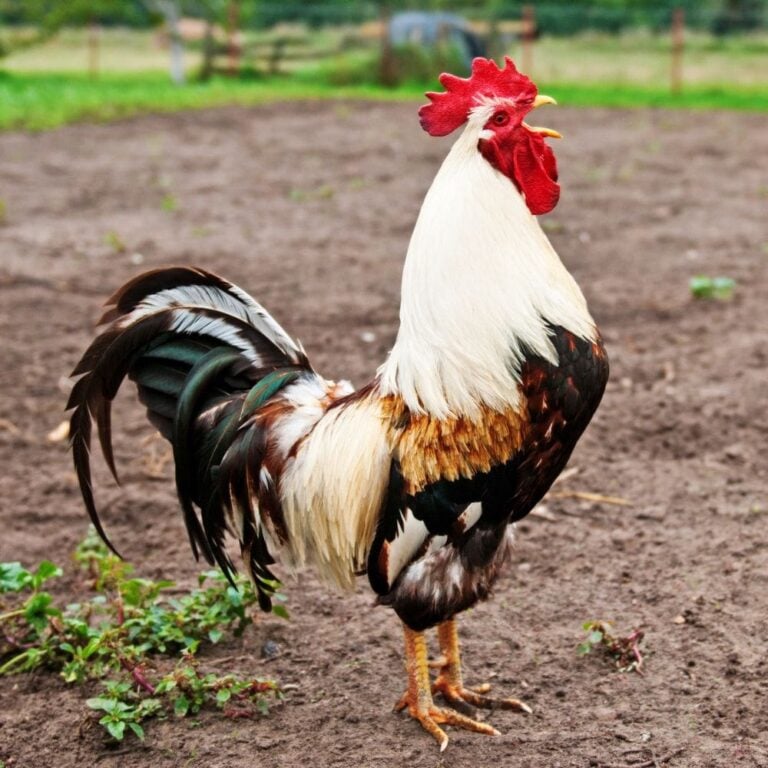
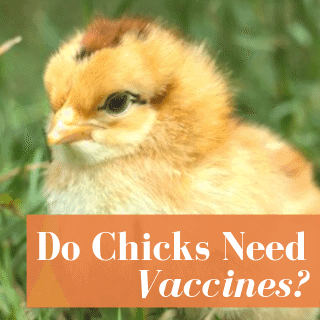

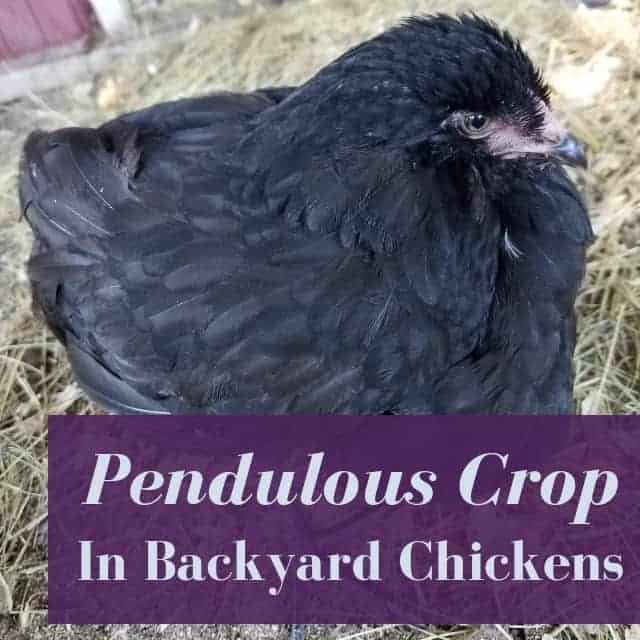
The 4th and final step is to release them from the Hello Box at nighttime when all the hens are on their perches. I slip the new comer onto the perch next to others and the morningtime seems to find integration so much smoother.